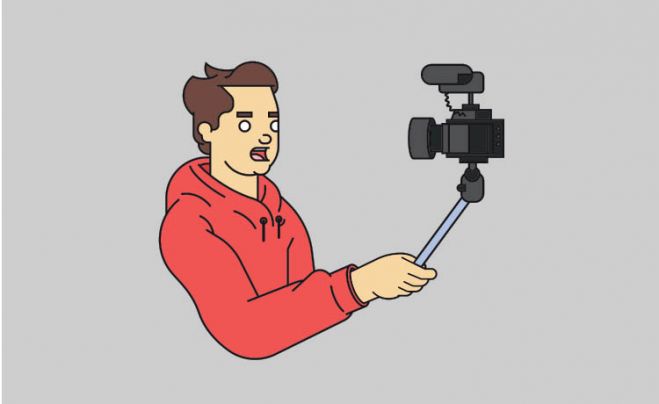Land Your Dream Job With This Interview Prep
1. Prep two days before No one wants to walk into a job interview feeling uncomfortable, so do a test run of your outfit, have your resume printed and ready to go, and make sure your purse or bag has the essentials (including bottled water and a small snack, just in case the interview runs long.) This isn't the time to experiment with a new style. Instead, pick a reliable outfit you feel happy, confident, and most importantly--fidget free while wearing. Make sure it's clean, pressed, and free from rips or tears (including tights!) and that your shoes are easy to wear. Interviews are awkward enough without limping to accommodate blisters, right? 2. Get plenty of rest the night before It may seem cliche, but a good night of sleep can go a long way toward helping you feel relaxed, confident, and prepared for the adrenaline rush of a job interview. These days, companies get the most out of their interviews by generally having a candidate see three or four different hiring managers--that's an hour or two of conversation, introductions, and often repeating yourself. You want to do everything possible to have the stamina to stay energized and focused. Getting a good night's rest is really pretty simple. Start by making sure you get twenty to thirty minutes of physical activity: walking, swimming, cardio, weights, even gardening or dancing around your living room. This will help burn excess energy and physically relax your body. Next, eat a low-carb dinner, preferably before six pm. I know, I know--early bird special, right? But digestion can exhaust the body in a negative way, and trying to sleep on a full stomach is just downright uncomfortable. Make the rest of your evening relaxing. Turn screens off by eight pm, and instead read an actual…
Read more...















